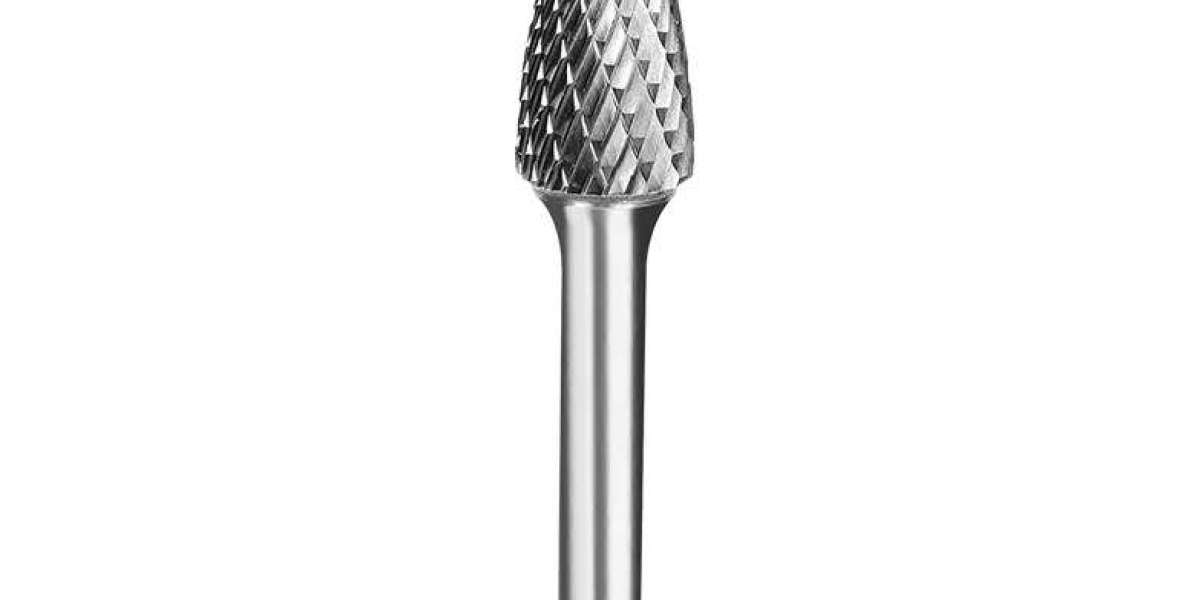Introduction to Safety Concerns with Rotary Burs
Carbide Rotary Burs are widely used in metalworking, woodworking, and dental applications due to their precision and high material removal capability. While they provide excellent efficiency, they also pose safety risks if not used correctly. Flying debris, sharp fragments, and accidental contact with the rotating tool can cause injuries to the operator or bystanders. A second mention of Carbide Rotary Burs emphasizes the importance of adopting proper safety measures to minimize risk and maintain a safe working environment.
Personal Protective Equipment (PPE)
The first line of defense when using rotary burs is personal protective equipment. Operators should always wear safety goggles or face shields to protect their eyes from flying metal or wood particles. Gloves that are resistant to cuts can protect hands from accidental contact, while dust masks or respirators prevent inhalation of fine particles. A Carbide Rotary Burs user should also wear long sleeves and protective footwear to reduce exposure to flying debris, ensuring overall body safety during operation.
Proper Machine Setup and Tool Handling
Ensuring that the rotary bur is correctly installed and the machine is securely mounted is essential for safety. Loose tools or improper installation can result in vibration, tool breakage, or accidental ejection of the bur. A Carbide Rotary Burs should always be tightened according to the manufacturer’s specifications, and the spindle or collet checked before each operation. Using the correct tool holder and maintaining proper alignment reduces the risk of mishaps during high-speed rotation.
Safe Operating Techniques
Maintaining control over the tool and workpiece is critical. Operators should use steady, controlled motions and avoid forcing the bur into the material, as excessive pressure can cause the tool to jump or shatter. A Carbide Rotary Burs should be rotated at the recommended speed for the material being processed, and feed rates should be consistent to prevent chatter or erratic cutting. Always keep your hands and body parts clear of the rotating bur to minimize injury risk.
Work Area Safety and Debris Management
A clean and organized workspace enhances safety. Removing clutter and securing loose objects prevents accidental contact with the spinning tool. Clamping or securing the workpiece ensures stability and prevents movement that could lead to debris being ejected. A Carbide Rotary Burs should be used with proper chip guards or shields whenever possible, directing flying fragments away from the operator.
Maintenance and Inspection
Regular inspection of the burs and equipment is vital. Check for signs of wear, cracks, or damage before each use. A worn or damaged Carbide Rotary Burs is more likely to break during operation, creating dangerous projectiles. Proper lubrication, cleaning, and storage of tools further ensure that the equipment performs safely and reliably.
Training and Awareness
Operators should be trained in safe handling techniques, proper installation, and speed settings for various materials. Understanding the potential hazards of Carbide Rotary Burs use allows workers to anticipate risks and adopt preventive measures, significantly reducing the likelihood of accidents.
Ensuring operator safety while using Carbide Rotary Burs involves a combination of personal protective equipment, correct machine setup, controlled operating techniques, proper workspace management, regular maintenance, and comprehensive training. By following these safety practices, operators can minimize the risk of injury from flying debris and achieve precise, efficient, and reliable results in their work. Safety is not only a requirement but a fundamental part of successful and professional use of rotary burs.








